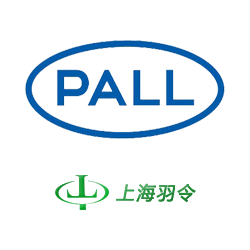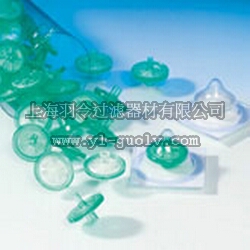
For Selectivities Not Accessible with
Traditional Ion Exchange or HIC
- Chromatographic behavior “mixed-mode” based on a combination of electrostatic and hydrophobic properties of the protein and ligands
- Provides direct hydrophobic capture of proteins at low ionic strength
- Can be exploited to achieve discrimination of proteins having similar or very close isoelectric points, a separation that cannot be performed by methods like ion exchange
- Can be used in a “physiological-like” environment (no need for pH adjustment of the feedstream; no, or limited, addition of salt)
- Orthogonal to ion exchange or other chromatography steps

- Fractionation of a protein mix
- Separation of partially-purified polyclonal IgG from major plasma impurities
- Process polishing steps
Average Particle Size
- 90 微米
Bead Composition
- High porosity cross-linked cellulose
Dynamic Binding Capacity for BSA (10% breakthrough)1
- 40 - 60 mg/mL
配基
- Aliphatic (HEA):己胺
- Aromatic (PPA):苯丙胺
Adsorption pH
- 7 - 9
Elution pH
- By gradient or step elution, e.g. 7.0 - 2.6
Working pH
- 2 - 12
Pressure Resistance
- < 3 bar (300 kPa, 44 psi)
Storage Temperature
- 2 - 8 °C (36 - 46 °F)
1Determined using 5 mg/mL BSA in PBS; flow rate:100 cm/h
Comparison Between HEA and PPA HyperCel, MEP HyperCel, Conventional HIC, and Anion Exchange Sorbents

Adsorption/desorption of Bovine Serum Albumin (BSA), in PBS buffer, pH 7.4. Data shows that BSA is efficiently retained on both HEA and PPA HyperCel sorbents, but is poorly retained on MEP HyperCel sorbent (as this ligand is antibody-selective).In PBS, without lyotropic salt addition, low binding of BSA to both Phenyl and Hexyl HIC sorbents is observed.The anion exchange (DEAE) sorbent also did not bind BSA at these nonoptimal conditions (pH 7.4 and too high salt concentration).









